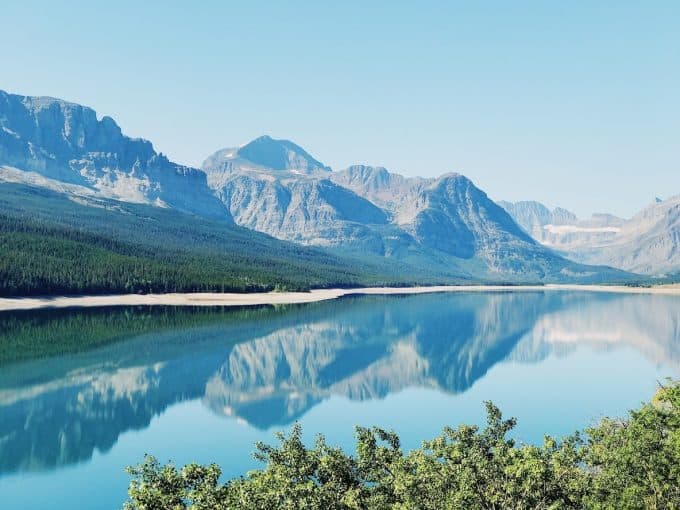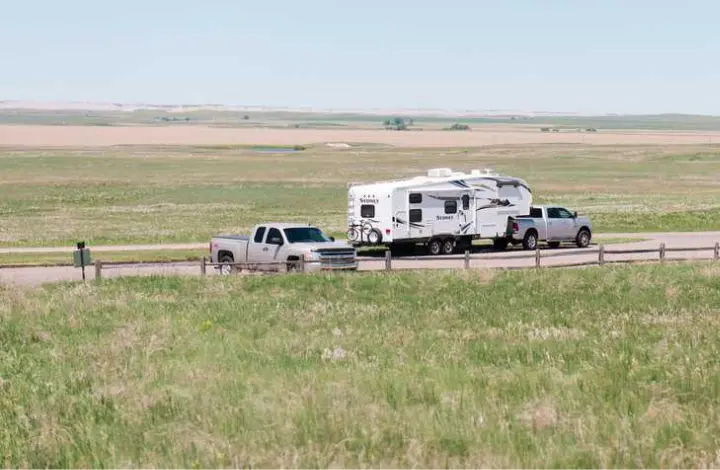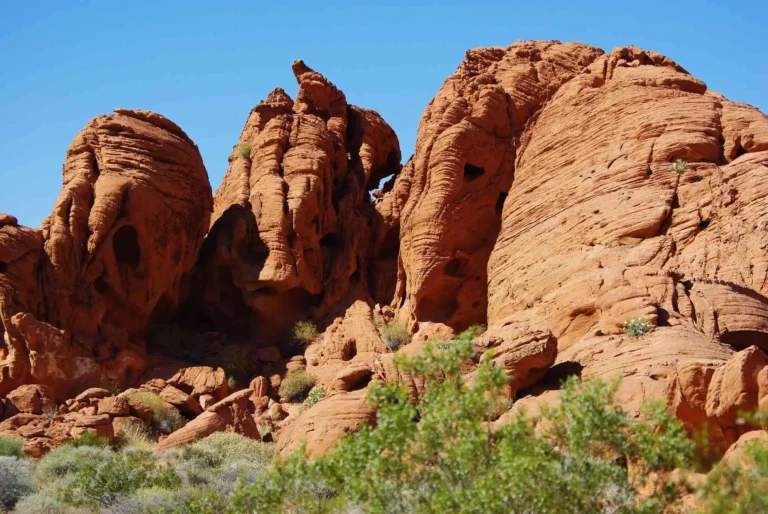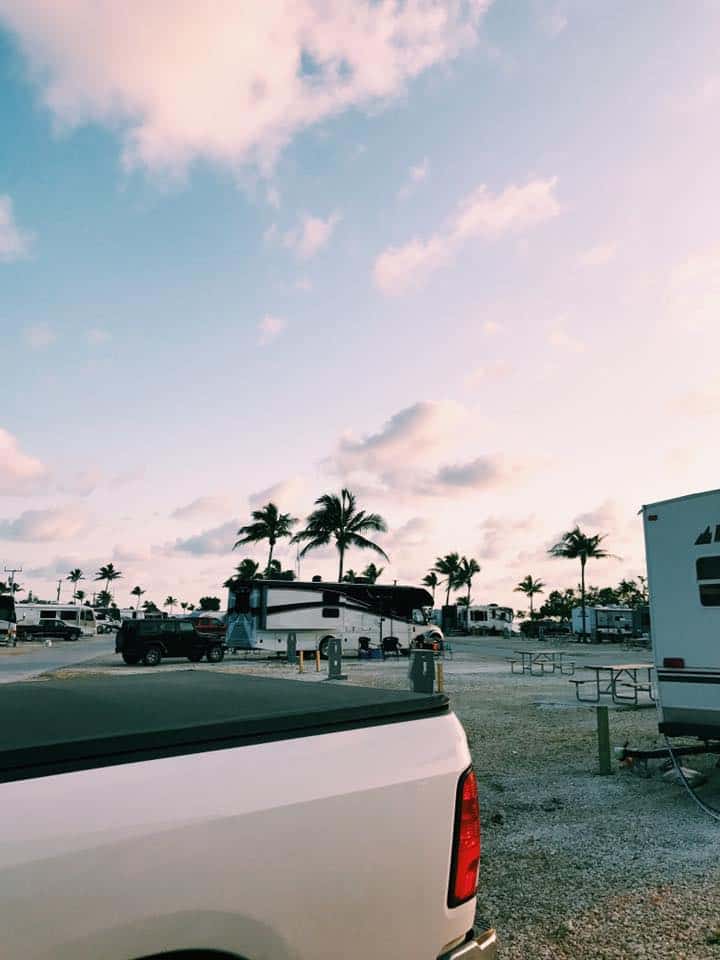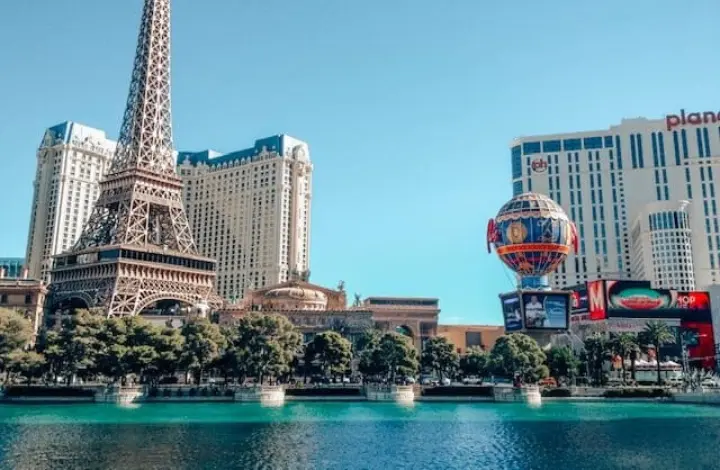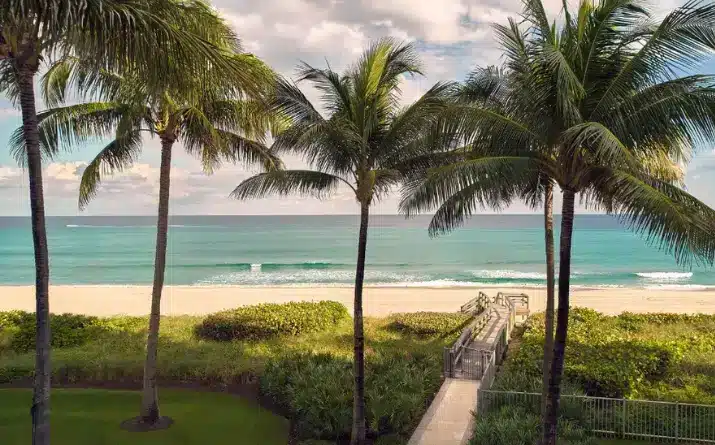Enjoying Our National Parks: TREKKN’s Top 10 Tips
National parks and bucket lists go together like peanut butter and jelly. In fact, after personally visiting 15+ national parks, I can’t even imagine a bucket list without at least one national park on it! (And yes, I do have my favorites.)
Based on our experience visiting national parks across the U.S. (and Canada!), we wanted to share our personal tips for finding peak enjoyment in your travels to these stunning destinations.
U.S. National Parks are a treasure that we should all be proud of and eager to fully explore. Over 52 million acres of beauty and wonder and life-changing experiences just waiting for you.
Did you know that more than 84 million people visit these national treasures each year? We truly hope you will be among those visitors this year, and we want to help you enjoy your visit as much as humanly possible.
Enjoying Our National Parks: TREKKN’s Top 10 Tips
Consider the Weather Before Booking an RV Park
It seems like it was just yesterday that we took our first family trip to a national park to explore. But it was actually quite a few years ago when we visited Yosemite National Park for the first time.
I’m pretty sure that trip was the spark that lit our passion for the national parks and moved us toward full-time RV travel about a year later.
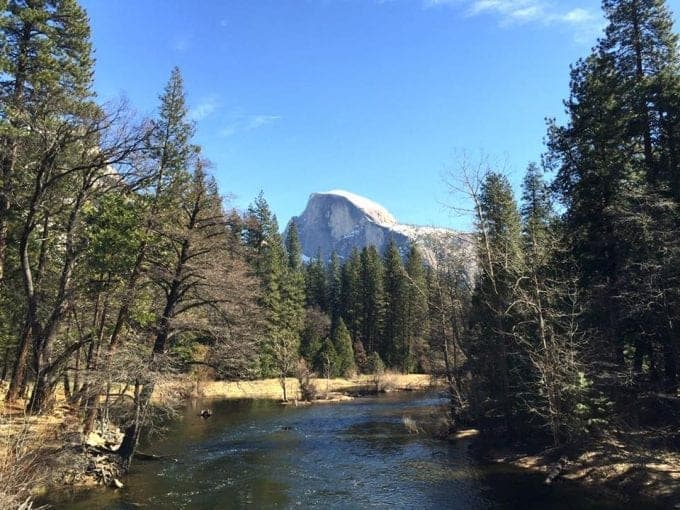
But the truth is that we didn’t know for sure what we would find when we arrived in Yosemite. We knew that our visit was pretty early in the year given the extreme winter conditions that the park sees regularly.
We understood that we might encounter some colder temps and snowy roads, but because our school Spring Break was the only window we had for this adventure we finally decided it was worth the risk after conducting plenty of weather research and consulting “historical data.”
Our trip turned out to be magical, with a fair amount of snow still around our small cabin (for that dreamy feel) but clear roads and perfect temps in the valley for exploring its majestic features.
But we want to be sure that you take every step possible to make a solid plan for visiting our national parks and fully enjoying it.
So be sure that you check the weather and general road conditions prior to booking your visit to any of our nation’s amazing national parks.
Know Your Tolerance for Crowds
If our full-time RV travel itinerary had been left up to our youngest son (who at the time was a highly extroverted 14-year old), we would have spent half of our time mingling with massive “big city” crowds. He feeds off the energy of a crowd, which is not like the rest of his family.
For the most part, we do everything we can to avoid crowds (with the notable exception of RVing just outside of New York City for five days last summer). We are simply not built for crowds, so we plan accordingly whenever possible.
As you might expect, some national parks receive larger crowds than others, especially during the peak summer season.
Yellowstone National Park, for example, receives a staggering number of visitors: over four million in any given year. And more than half of the total guests visit during summer months of June, July and August!
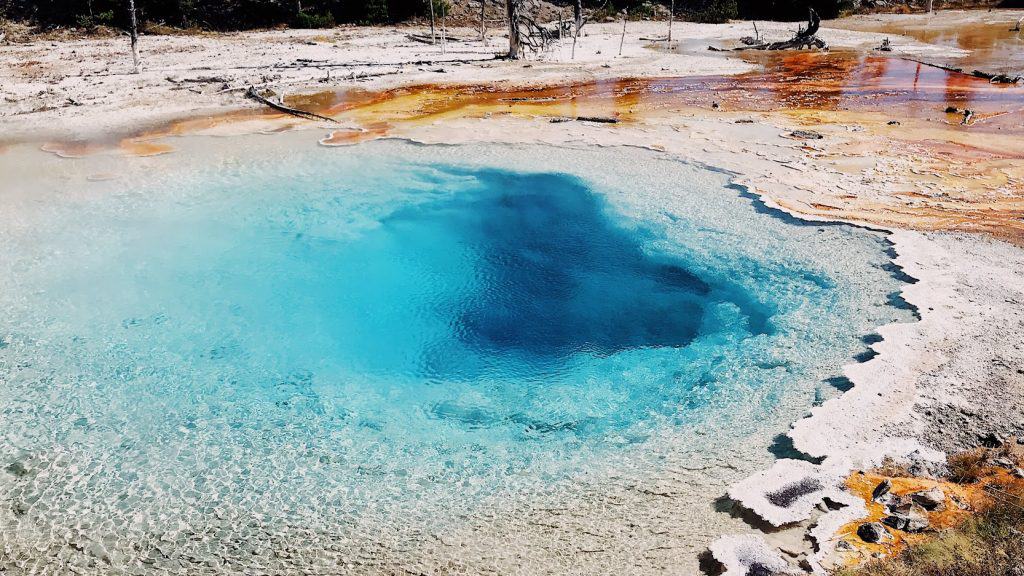
The takeaway here is that if you want to visit a national park but can’t stand the thought of massive crowds and traffic jams, explore ways to visit in the off-season.
A visit to Yellowstone in May would mean you encounter about half as much visitor traffic compared to July. Bump that visit up to April and you’ll enjoy a 90+% drop from summer crowd numbers.
We visited Yellowstone National Park in the month of September and still experienced significant crowds as well as stop and go traffic.
More traffic than I remember experiencing in any other park. So even “off-season” doesn’t guarantee you will avoid a pretty decent crowd if the weather is still enjoyable.
The caveat takes us back to Tip #1: Check the weather first and make sure that a visit is even possible (or advisable) that early in the year. And that will change year by year.
Time of Day Makes a HUGE Difference In Your Overall Park Experience
So you’ve made your way to a national park but you aren’t sure how to plan your visits each day? We can help.
Without a doubt, we found that the single biggest factor that affected our experience in the national parks was the time of day we got out and explored.
It’s no surprise that a healthy percentage of visitors to national parks are young families, right? So use that to your advantage…even if you are a young family. Because young families are most likely to be out exploring in the parks from about 9 am to 4 pm.
We found that our early morning (6:00 am or 7:00 am start times) and late evening (between 6:00 pm to 8:00 pm) excursions into the parks were the most enjoyable. That is true for two primary reasons:
Our wildlife encounters (even the slightly traumatic episode of being pursued by a moose in Grand Teton National Park) are some of our most treasured memories during visits to the national parks.
If you would like to create some of those memories for yourself and your family, and avoid the crowds, time your park visits for early morning or early evening.
Pay Attention to Wildlife Warnings
Park Rangers are kind of my heroes. In fact, there is some small part of me that still wonders if I could end up in that role one of these days.
But the rangers aren’t just stylish with their cool hats. They protect you from the realities of the wild, untamed environment you hope to experience and enjoy. That is why it is extremely important to heed the posted signs and listen to verbal communication from any park ranger.
Please, I beg you, listen and learn from them. Heed their warnings about keeping a safe distance and avoiding certain areas which may be experiencing dangerously high levels of wildlife activity.
Rangers want you to have the experience of a lifetime. And live to tell about it. And we do too!
Choose Locations That Are a Must-See For You
I’m not sure if you are aware of this, but national parks are not small. They’re not an amusement park or a zoo where you can strategically plan out your day to hit every single “hot attraction” they have to offer.
No, national parks are of a different breed. Glacier National Park in Montana is spread over 1 million acres and Yellowstone National Park covers 2.2 million acres.
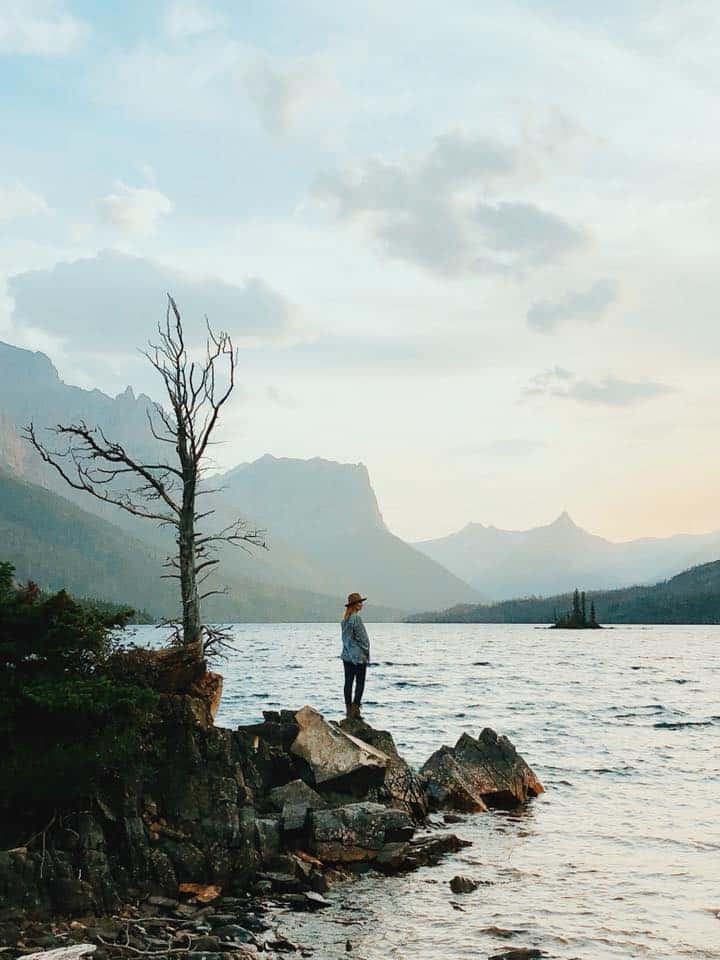
My point is that you simply can’t go into your visit hoping and planning to “see it all.” You likely won’t even be able to see all of the “big name” items during your visit, depending on crowd size and the length of your stay.
Instead, choose a reasonable number of “must-see” spots that you will stay focused on and then try to really appreciate each one individually without feeling rushed to get to the next one.
FOMO is not your friend when visiting our national parks. You could see all of the spots, and yet miss the experience entirely.
I want better for you than that. So make your list and be at peace with it. You won’t regret it, I promise.
Use Park Shuttle Services
We touched on the issue of crowds back above. It comes into play again with this tip, because parking during peak season can be a real messy affair. Don’t disregard the hassle it creates.
If you are visiting a park during peak season and you are driving/towing an RV, the complication factor goes up exponentially. Don’t say I didn’t warn you.
You don’t want to spend half of your visit waiting for a parking spot. However, there is another factor to understand.
Choosing to use the shuttle services in the parks, instead of staying in your personal vehicle, obviously cuts down on vehicle emissions as well.
The decision to use the shuttle services is actually a win-win for you and the park: Less stress and lost time for you, less poison for the park!
I urge you to take full advantage of the shuttle services whenever possible to make your visit spectacular and protect our beautiful parks at the same time.
Pack Snacks or Pay the Price
Ah, snacks. I don’t know if you have teenagers in your clan, but if you do then you know how quickly things can turn from happy to hangry when you’re on the go.
Teenage boys are bottomless pits!

But whether you have teens in tow or not, packing hearty snacks in a small backpack for your excursion is the smart way to go.
Even if you don’t plan on being out on the trails and away from retail shops, you will still save yourself a ton of money by avoiding those “pit stops” for snacks along the way.
Again, crowds come in to play. If you don’t have to stop to purchase snacks, you avoid spending valuable time waiting in line.
Grabbing some granola bars, crackers and fruit ahead of time will absolutely make for a happier and more cost-effective visit.
Slow Your Pace and Soak It In
We’ve touched on this already in prior park visit tips, but I think it deserves its own space all to itself. Because it matters.
If you visit a national park and never stop moving long enough to take some deep breaths and experience gratitude for the moment, you’ve missed out.
In my humble opinion, these national treasures exist to give us that opportunity. Open up a space for deep appreciation and reconnect with our amazing earth.
Take advantage of that opportunity, allow those moments to change you and renew you, to remind you of what matters most. We owe that much to our parks.
Consider Purchasing an Annual Parks Pass
A visit to one of your national parks is not going to set you back a huge chunk of cash. You can expect $20-30 per vehicle for a 7-day pass to one of the parks.
This allows you to enter and exit as many times as you wish during that period, so it’s very reasonable. Even if you only have one day to explore, it’s not going to break the bank as far as family outings go.
If there’s a chance you will visit a park multiple times during the year, or more than one park in the same year, one great tip I can share is to purchase an America the Beautiful Annual Pass.
You can pick up an annual pass directly from the online USGS store. The pass is generally also available at R.E.I.
Discounts
If you are a senior citizen, active duty military, permanently disabled or you have a child in 4th grade, you could get your annual pass either at a reduced rate or possibly even free.
All of the details are at the NPS site, so check it all out there and find the right “passport to adventure” for your situation.
Do Your Part to Protect Our Parks
Alright, this tip isn’t exactly about how to enjoy your visit to a national park this year. You’ve probably had enough of that anyway.
So let’s wrap it up with a tip that focuses more on what you can do in order to continue to enjoy the parks for years to come, and ensure that your children and their children will also have the opportunity to experience the wonder.
People like John Muir, who I deeply admire, spent their lives advancing the idea of conserving our unique and critical natural spaces across the country.
Part of Muir’s motivation was based on his belief that we need these spaces to remind us that life consists of more than our logic, reason and incessant planning. He said things like:
“And into the forest I go, to lose my mind and find my soul.”
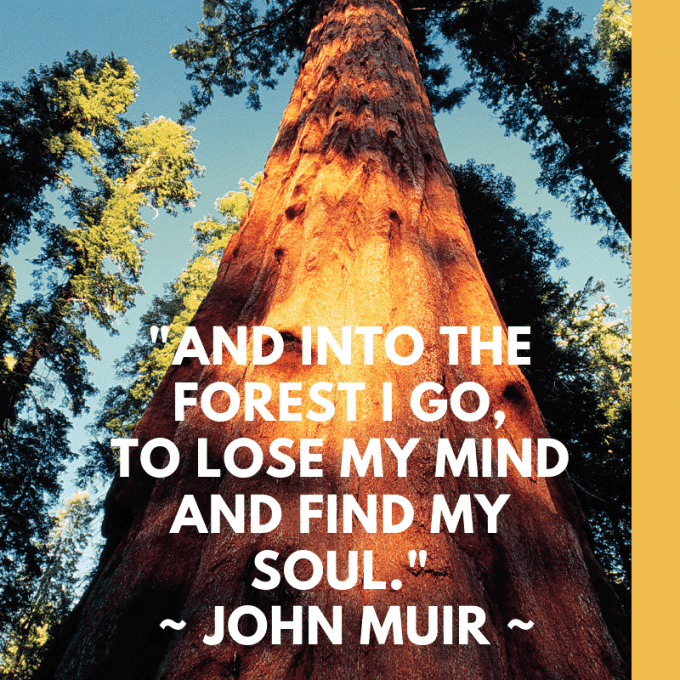
Admittedly, I have not done enough in my lifetime to help protect all of our public lands. But I need to be more intentional about that moving forward, and I hope that I can help to point you in that same direction.
May we work together and lift a voice that insists on protection for these natural areas we enjoy so much.
Do You Have Tips Would Like to Share
Guess what? We don’t know it all. I am relying on YOU to continue helping all of us learn by sharing YOUR best tips for enjoying the national parks in the comments. Don’t be bashful…just comment away and educate us all with your genius, please!
Thank you for being a part of this awesome community.
Be sure to download our free printable list of U.S. National Parks and start checking these natural wonders off your bucket list.

Todd loves a competitive game of table tennis, a breathtaking hike, and exploring new places. He lived and traveled in an RV with his family as they traveled throughout much of the US and parts of Canada. Todd has extensive knowledge about RV travel, safety, and accessories and has shared many of his stories here on TREKKN. When he’s not busy launching and building small businesses, you may find him staring at pictures of Glacier National Park (probably his favorite spot on earth).


